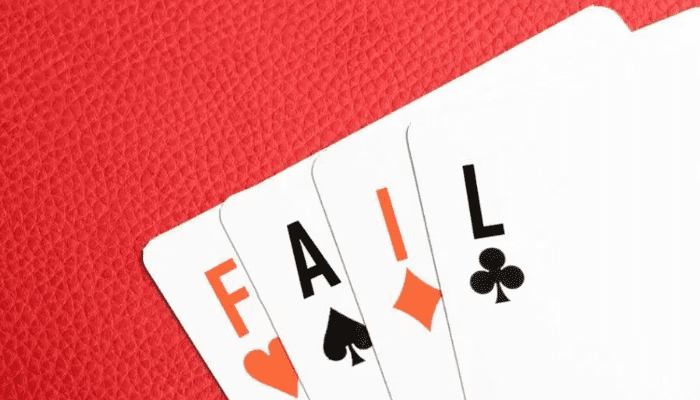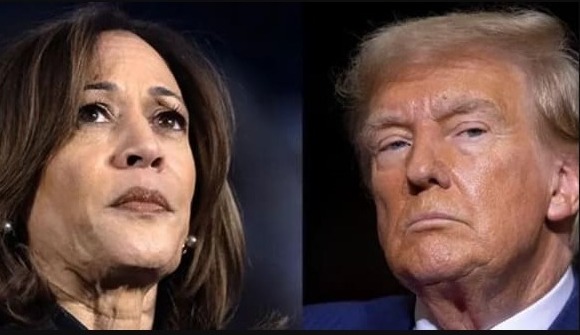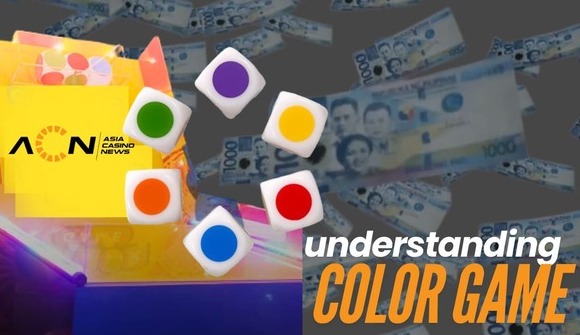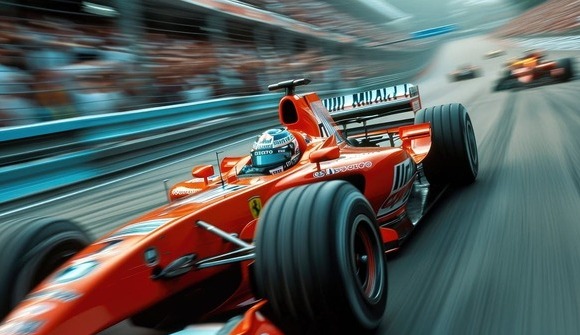
The Worst Starting Hands for Texas Hold’em Poker
There are no guaranteed winning or losing hands in Texas Hold’em poker, but there are definitely some hands that can improve or worsen your chances of taking the pot. Some hands (pocket queens, kings and aces) are so strong that they’re almost always worth playing. Others (queen-jack, 9-9, ace-king) are potentially strong but can be dangerous and lose you money if you overplay them.
Then there are the worst poker hands – hands so bad you want to muck them as they’re dealt. It’s important for players who are starting out in online poker to recognize when their poker hand strength is low, so we’ve listed the worst hands in poker for your benefit. From worst to only slightly less worse, here are the lousiest Texas Hold’em hands, ranked.
What Makes a Bad Hand in Poker?
Desirable poker starting hands are cards that have the potential to create (preferably high-ranking) straight or flush or repeat cards that can connect to a double, triple or full house. Valuable hole cards typically include matching cards such as pairs as well as cards that are close together such as 8-9, 10-jack, jack-king or king-ace. The worst poker hands are simply cards that don’t match and aren’t close to each other. In other words, they offer very little value. From an odds perspective, the best thing you can do with them is muck them right away. Of course, there’s more to poker hand strength than just odds. Betting structure and position as well as the number of players and their respective skill levels are also important, but these are topics for another discussion.
2 and 7
Ask any experienced player what the worst hand in poker is and the answer will come back “2 and 7.” This combination is a textbook example of everything a poker hand shouldn’t be. Any straight it makes can’t use both cards, so an opponent’s straight can dominate it. Its card value is low, so, for example, if the board has two pairs (say jack-jack, king-king) and a 4, you’re stuck with a 7 kicker. Chances are strong that one of your opponents will be holding a higher kicker.
But the problems of the all-time worst poker hand don’t stop there. The pairs that a 2-7 hand can make are all low, with a strong likelihood that there’ll be overcards to your paired card. As a result, one of your opponents will probably have a stronger pair. Even if both cards pair with the board, the board pairing will often counterfeit one of them. Say the flop comes jack-7-2. Great, now you have a pair of 7s and a pair of 2s with a jack kicker. Then a jack comes on the turn. Now you have a pair of jacks and a pair of 7s with a 2 kicker.
On top of all that, any flushes that your hand makes will often be dominated by higher flushes on the river. Bottom line: If you’re dealt a 2 and a 7, your cards are at the bottom of the Texas Hold’em hand ranks, and it’s a good idea to just fold.
2 and 8, 3 and 8, 3 and 7
These combinations pretty much have the same basic problems as 2-7. Two and 8 is slightly better, but 8 is still a pretty lousy high card, and 2s and 8s are still low pairs. Three-8 and 3-7 are just barely better. Three and 8 still can’t make a straight, and the probability of making a straight with 3 and 7 is low. Absent extraordinary circumstances, there just isn’t any compelling reason to play these hands, so go right on ahead and muck them.
2 and 6, 2 and 9, 3 and 9, 4 and 9
Here’s another set of junk hands that you should totally toss: 2 and 6. Even if by some miracle the flop comes 3-4-5, an opponent with a 6 and 7 will crush your straight. If you get a flush, someone else probably has a better flush. A 2, 3, or 4 paired with a 9 isn’t much better. The gap between these cards is just too big to fill with a straight. Sure, the 9 can make a middle pair, but an opponent holding pocket 10s, jacks, queens, kings, or aces will beat you every time.
2 and 10
One lousy poker hand that deserves a special mention is 2 and 10. Not only is the so-called “Doyle Brunson” the ninth worst poker hand for pretty much the same reasons as the previous eight, but it’s also one of the most controversial hands in poker history. It’s named after Doyle Brunson, the legendary poker pro known as “Texas Dolly” or “The Godfather of Poker.” Back in 1976, Brunson headed up with Jesse Alto at the final table of the WSOP Main Event, the most prestigious of all poker tournaments. Alto opened with ace-jack and Brunson called with 10-2 suited. The flop came ace-jack-10, which gave Alto two pairs. Brunson’s reaction was to go all in. Alto called, but the turn came two, and the river came two, and Brunson won with a full house!
The following year, history repeated itself. Defending his title against Gary “Bones” Berland, Brunson found himself holding 2-10 again. Berland drew 8-5. Brunson was behind on the flop (10-8-5), but the 2 hit on the turn. Berland shoved, Brunson called, the 10 hit on the river and Brunson made a full house, winning the Main Event bracelet for the second year in a row.
The Worst Hand in Poker to Play Heads Up
A Doyle Brunson is a very bad hand (unless you’re Doyle Brunson,) but it isn’t the worst poker hand to bet out with when you’re playing heads up. That honor goes to 3-2 off suit. The reason is that heads-up battles turn into showdowns much more frequently than games with more players, so the value of your pairs and high cards is a great deal more important than your ability to make a straight or a flush. A 3-2 has the lowest poker hand strength in this context because it contains the lowest two cards and has the lowest pair and high card value as a result. This information is also useful when it comes to understanding video poker hands. After all, in video poker, you’re effectively heads up against the machine!
Article Source
https://casino.betmgm.com/en/blog/worst-starting-hands-for-texas-holdem-poker/
Other Interesting Articles
 Vietnamese Gambling Games Worth Checking Out May 22, 2023
Vietnamese Gambling Games Worth Checking Out May 22, 2023











